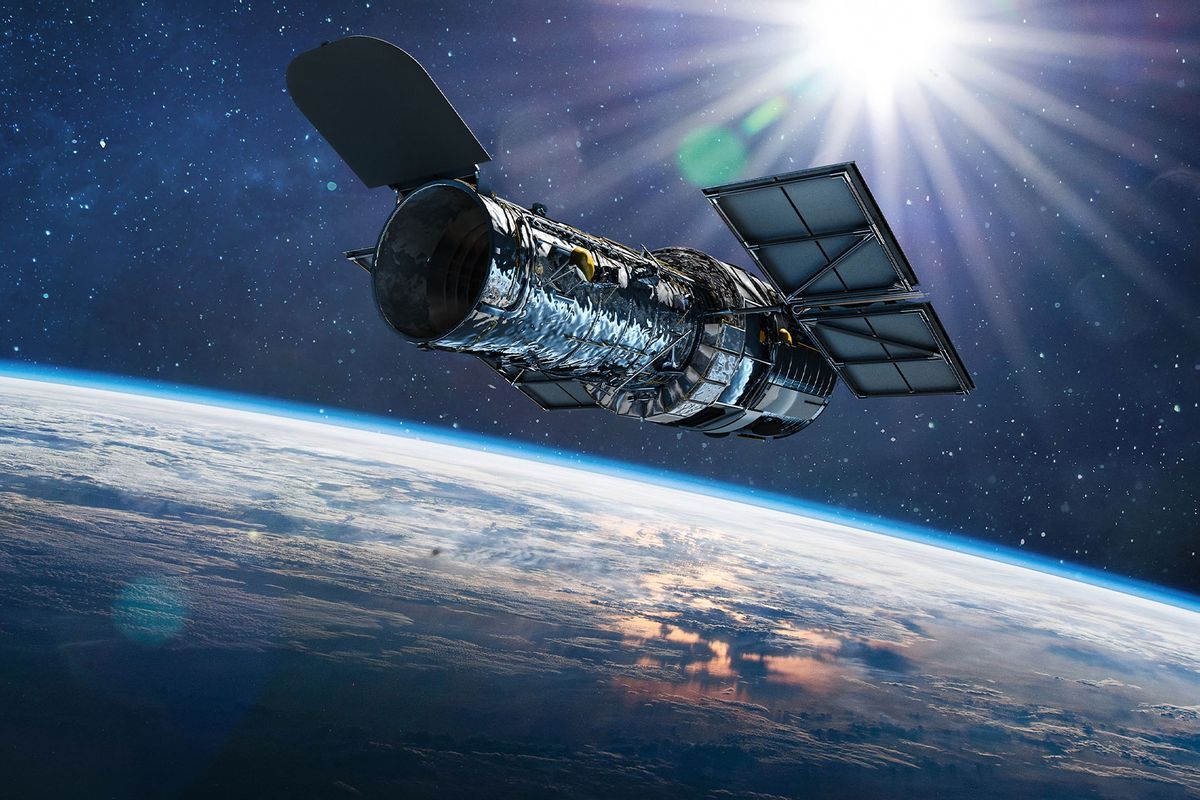
Did you know the Hubble Space Telescope has been orbiting Earth since 1990? This incredible piece of technology has given us some of the most breathtaking images of our universe. From capturing the birth of stars to spotting distant galaxies, Hubble has revolutionized our understanding of space. It orbits about 340 miles above Earth, traveling at a speed of 17,500 miles per hour. Despite being over three decades old, Hubble continues to provide valuable data to scientists worldwide. Its discoveries have helped answer fundamental questions about the cosmos and even raised new ones. Ready to dive into 30 mind-blowing facts about this iconic telescope? Buckle up!
The Birth of Hubble Space Telescope
The Hubble Space Telescope (HST) has revolutionized our understanding of the universe. Launched in 1990, it has provided stunning images and invaluable data.
- Named after astronomer Edwin Hubble, who discovered the universe is expanding.
- Launched on April 24, 1990, aboard the Space Shuttle Discovery.
- Orbits Earth at an altitude of about 340 miles (547 kilometers).
- Travels at a speed of approximately 17,500 miles per hour (28,000 kilometers per hour).
Design and Construction
Hubble's design and construction involved meticulous planning and cutting-edge technology. Its unique features make it a marvel of modern engineering.
- Measures 43.5 feet (13.2 meters) in length, about the size of a large school bus.
- Weighs around 24,500 pounds (11,110 kilograms).
- Equipped with a 7.9-foot (2.4-meter) primary mirror.
- Uses solar panels to generate power, producing about 2,800 watts.
Scientific Instruments
Hubble is equipped with various instruments that allow it to capture detailed images and data across different wavelengths.
- The Wide Field Camera 3 (WFC3) captures images in ultraviolet, visible, and near-infrared light.
- The Advanced Camera for Surveys (ACS) helps study the formation and evolution of galaxies.
- The Cosmic Origins Spectrograph (COS) analyzes the light from distant stars and galaxies.
- The Space Telescope Imaging Spectrograph (STIS) studies black holes and other cosmic phenomena.
Major Discoveries
Hubble has made numerous groundbreaking discoveries that have deepened our understanding of the cosmos.
- Confirmed the existence of supermassive black holes at the centers of galaxies.
- Provided evidence for the accelerating expansion of the universe.
- Helped determine the age of the universe to be approximately 13.8 billion years.
- Discovered that nearly every major galaxy is anchored by a black hole.
Stunning Images
The telescope has captured some of the most breathtaking images of space, inspiring both scientists and the public.
- The Pillars of Creation, a stunning image of star-forming regions in the Eagle Nebula.
- The Hubble Deep Field, revealing thousands of galaxies in a tiny patch of sky.
- The Horsehead Nebula, showcasing the beauty of interstellar clouds.
- The Crab Nebula, a remnant of a supernova explosion.
Servicing Missions
Hubble has undergone several servicing missions to upgrade its instruments and extend its lifespan.
- Five servicing missions were conducted by NASA astronauts between 1993 and 2009.
- The first mission in 1993 corrected a flaw in the primary mirror.
- The final mission in 2009 installed the Wide Field Camera 3 and repaired other instruments.
- Each mission involved complex spacewalks and precise engineering.
Impact on Astronomy
Hubble's contributions to astronomy are immeasurable, influencing countless studies and research projects.
- Provided data for over 15,000 scientific papers.
- Helped identify and study exoplanets, planets outside our solar system.
- Contributed to the understanding of dark matter and dark energy.
- Enabled the study of the atmospheres of distant planets.
Legacy and Future
Hubble's legacy will continue to inspire future generations of scientists and astronomers.
- Paved the way for future space telescopes like the James Webb Space Telescope.
- Continues to operate and provide valuable data, even after more than 30 years in space.
The Final Frontier
The Hubble Space Telescope has revolutionized our understanding of the universe. From capturing stunning images of distant galaxies to providing insights into black holes, Hubble's contributions are invaluable. It has helped scientists measure the age of the universe, discover dark energy, and observe the birth and death of stars. With over 1.4 million observations, Hubble has expanded our cosmic knowledge and inspired countless people worldwide.
Despite its age, Hubble continues to operate, offering new discoveries and breathtaking images. Its legacy will endure, paving the way for future space telescopes like the James Webb Space Telescope. As we look to the stars, Hubble reminds us of the endless possibilities and mysteries that await exploration. So, next time you gaze at the night sky, remember the incredible journey of the Hubble Space Telescope and the wonders it has unveiled.
Was this page helpful?
Our commitment to delivering trustworthy and engaging content is at the heart of what we do. Each fact on our site is contributed by real users like you, bringing a wealth of diverse insights and information. To ensure the highest standards of accuracy and reliability, our dedicated editors meticulously review each submission. This process guarantees that the facts we share are not only fascinating but also credible. Trust in our commitment to quality and authenticity as you explore and learn with us.


